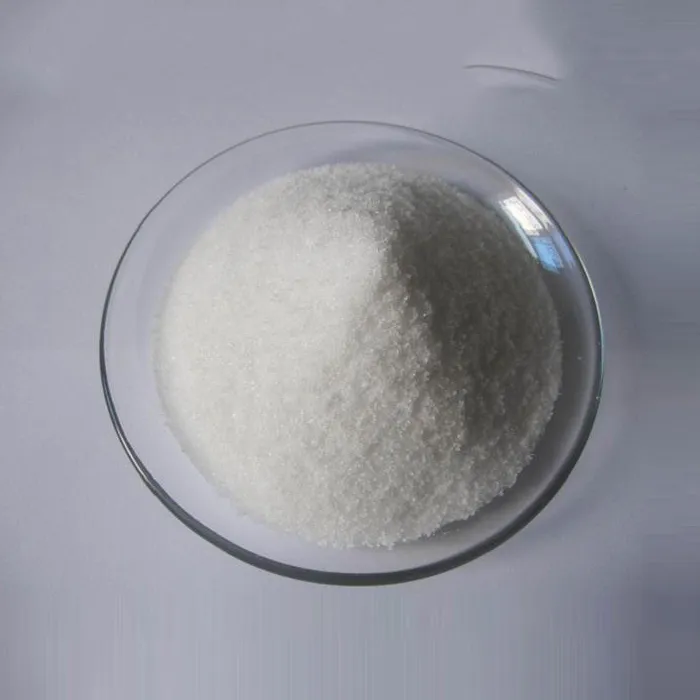Anti-Fog Additives for Plastics Enhancing Clarity and Performance
In recent years, the demand for clarity in various plastic applications has surged, particularly in industries such as packaging, automotive, and consumer goods. This growing demand has brought spotlight to anti-fog additives, which play a critical role in maintaining visibility and functionality in plastic products. These additives help prevent the formation of fog on surfaces, which can significantly impair visual clarity and product performance.
What Are Anti-Fog Additives?
Anti-fog additives are specialized substances added to plastic materials to reduce or eliminate the condensation of moisture on their surfaces. Fogging occurs when warm, moist air comes into contact with a cooler surface, causing water vapor to condense into tiny droplets. These droplets scatter light and create a cloudy or foggy appearance, which can be detrimental to the usability and aesthetic qualities of plastic items.
Available as either hydrophilic or hydrophobic agents, anti-fog additives work by altering the surface tension of the plastic. Hydrophilic additives absorb moisture, spreading it across the surface to form a thin, uniform film that minimizes droplet formation. In contrast, hydrophobic additives repel water, reducing its affinity for the surface. The choice of additive depends on the specific application and desired performance.
Applications of Anti-Fog Additives
1. Food Packaging One of the most common applications for anti-fog additives is in food packaging, particularly for fresh produce. Packaging that allows for visibility while preventing fog is essential for displaying freshness and quality to consumers. Anti-fogging properties can extend shelf life by facilitating better visibility without obstructing light in refrigerated conditions.
anti fog additives for plastics

2. Automotive In the automotive industry, anti-fog additives are used in various components including windows, mirrors, and headlamps. These additives enhance driver visibility, especially during sudden temperature changes, like when entering a vehicle in humid weather. Improved visibility not only enhances safety but also contributes to the overall aesthetic of the vehicle.
3. Consumer Products Many consumer products, such as shower doors and aquariums, benefit from anti-fog treatments. In bathrooms, an anti-fog coating can significantly improve the user experience by maintaining clarity during and after showers. For aquariums, it creates a visually appealing environment for both the inhabitants and viewers.
Formulation and Trends
Developing effective anti-fog formulations involves careful selection of additives that are compatible with the primary plastic matrix, whether it be polycarbonate, polyvinyl chloride (PVC), or polyethylene. The formulation must also consider the environmental conditions in which the product will be used, as performance can vary with temperature and humidity levels.
Recent trends in the industry lean towards eco-friendly and biodegradable anti-fog solutions as sustainability becomes a critical focus. Manufacturers are increasingly exploring natural and renewable materials to formulate additive solutions that meet both performance and environmental standards.
Conclusion
Anti-fog additives for plastics are revolutionizing various industries by improving clarity and extending the usability of products that face challenging environmental conditions. As technology advances and sustainable practices become more prevalent, the future of anti-fog solutions looks promising. Whether in food packaging, automotive applications, or consumer goods, these additives are vital for enhancing both functionality and appeal, ensuring that products remain clear and effective in any situation. Embracing these innovations is essential for businesses looking to maintain competitiveness and meet consumer demands in a rapidly evolving market.

